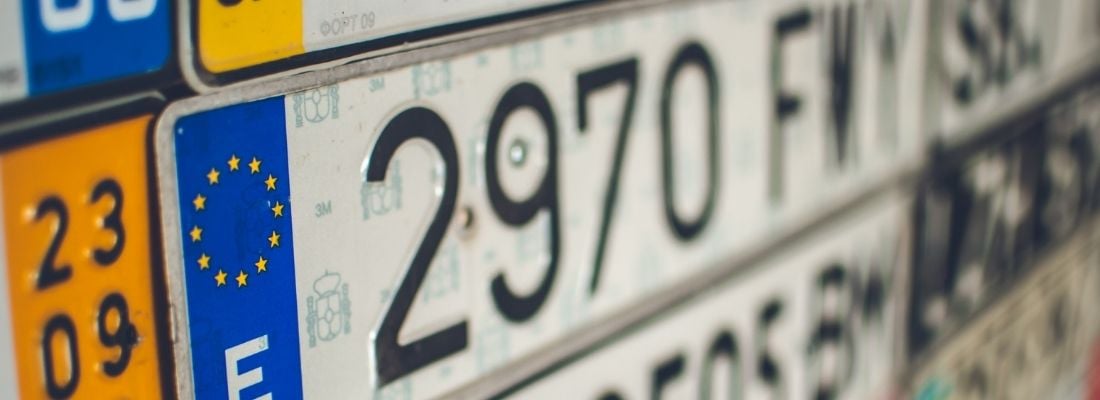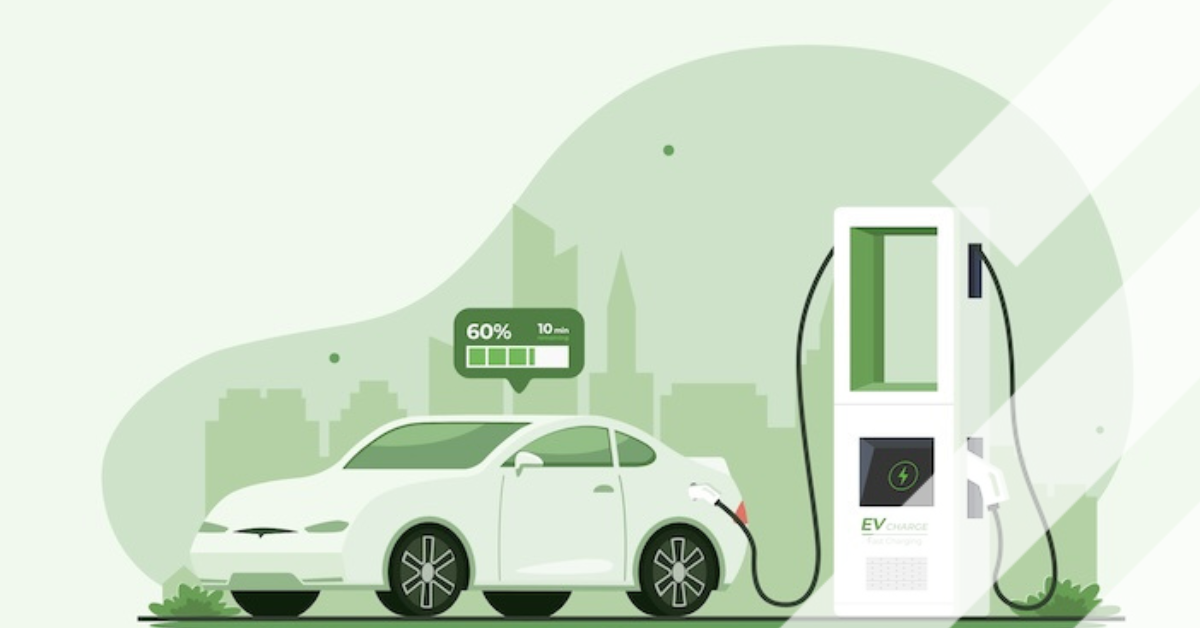Automatic Number Plate Recognition; True Read Rate?

This is one of those situations where you must know the answers before you ask the questions. Most Automatic Number Plate Recognition (ANPR or LPR) companies would tell you that they read license plates in the high 90% range. Fair enough. However, that’s of license plates that can actually be read.
What about plates behind a bike rack, or trailer hitch, or covered with mud or snow or ice? What about cars with no plates, or dealer plates in the rear window? What about plates from a foreign country with strange characters or fonts?
I remember a few years ago talking to an LPR company rep in the UK. I asked him what the percentage read rate was. He asked me where he was doing the reading. “In the UK, “I said. He said: “Better than 99%, a requirement by the government to provide LPR technology to the police and enforcement agencies.” I then said, “In the US.” When he stopped laughing, he said, “Maybe in the mid 80%, on a good day.”
Seems that in the UK, all licenses are the same – that is white on black, and the same font. In the US, every state is different, plus in most states, there are different designs, pictures, and PR slogans. I understand there are more than 50 different designs in California alone. The computer must be trained to differentiate between all these and do it accurately.
Technology has moved on since my conversation in the UK. However even if the camera/computer combination is capable of reading and decoding 100% of plates it can see, what about those listed in paragraph above?
If I am scanning cars on the freeway, or those parked on a city street and miss a few, one could say “so what.” I’m still probably getting more accuracy than if I was relying on a Parking Enforcement Officer entering data on their hand held. But what if I’m relying on LPR to allow vehicles to enter and exit a garage? If I miss even a few percent and don’t have any other way to get them in or out, I have a real problem in the lanes.
Granted the read rate may be higher in garages because the cars are stopped, the cameras aligned perfectly, and lighting is ‘just right.’ But still, some will be missed.
The point is that when you ask about read rates, be sure you ask the right questions. The answers may all be true, but not all are helpful.
When I posted a discussion on Linkedin on the comments above, responses exploded. Almost 5,000 people have viewed it in the past week and a half. There are number of comments, most agreeing, some adding more information, some in total disagreement.
One comment that caught my eye was a reader who thought the whole idea of LPR was a waste. Seems he feels that it can be replaced with Automatic Vehicle Identification (AVI) and it never fails. A failure rate of 2 or 3 percent would cause huge traffic problems, he stated, and therefore a backup credential was needed anyway. So why go to the expense of LPR in the first place.
I might comment that there are other uses for LPR than just monthly access. I am always impressed when I visit a location where I pull a ticket, pay at a central POF (Pay on Foot, and then drive to the gate. I always have my ticket ready to stick in some machine at exit, but to my amazement, the gate opens as I drive toward it. I later look at my ticket and find my license plate printed on it.
This is a great convenience for the daily parker and speeds up the exit, an important feature in this case, which is a monthly/transient lot with about 200 cars and one entry and exit lane.
The system I considered the greatest of all time is located in a shopping center near my home in Los Angeles. I find it so convenient because it does not force the driver to act a certain way. He can pull a ticket, pay at a machine and leave, or he can sign up on line, input his license number, and drive in and out without a ticket, the gate opening automatically. His credit card is billed for his parking automatically.
When he enters, red and green lights above each parking space direct him to a space that’s available. No more driving in circles trying to find that last spot.
If he is driving the Rolls or Maybach today, he can drop off his car at a convenient valet, or if he likes, he can reserve a spot using his phone app and park in front of a display screen that has his name on it and is protecting his personal reserved spot.
LPR plays a big role in this system, but the best part is that the system fits the needs of everyone. For my money, that’s where we need to be. Each driver is different. We should not try to fit them into one box to make it easier for the parking facility owner or operator.
John Van Horn is the Editor of Parking Today Magazine.


